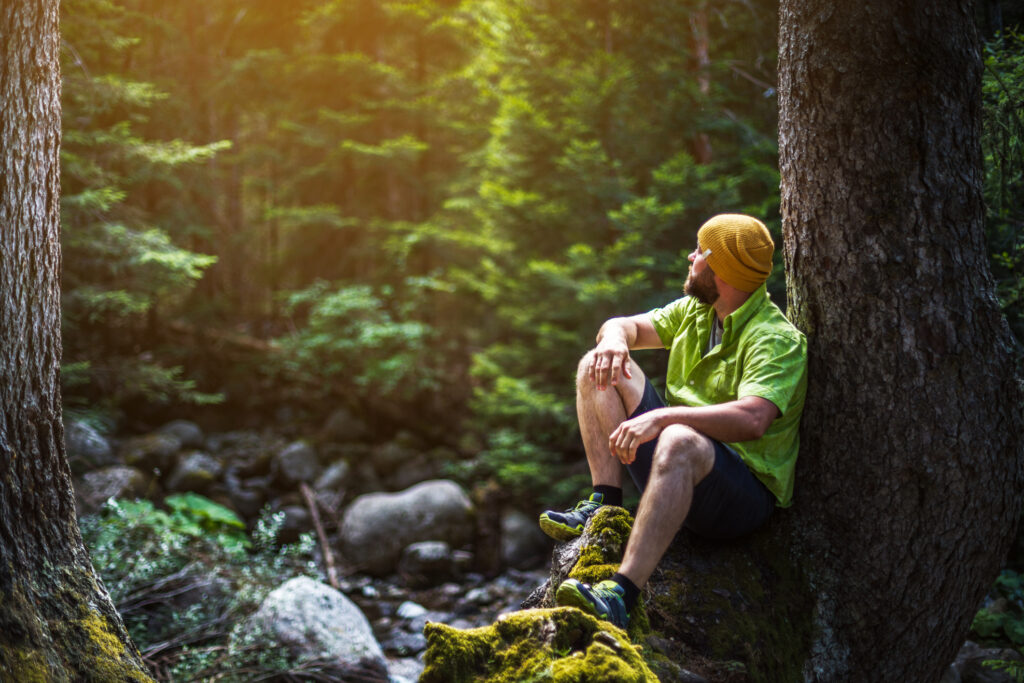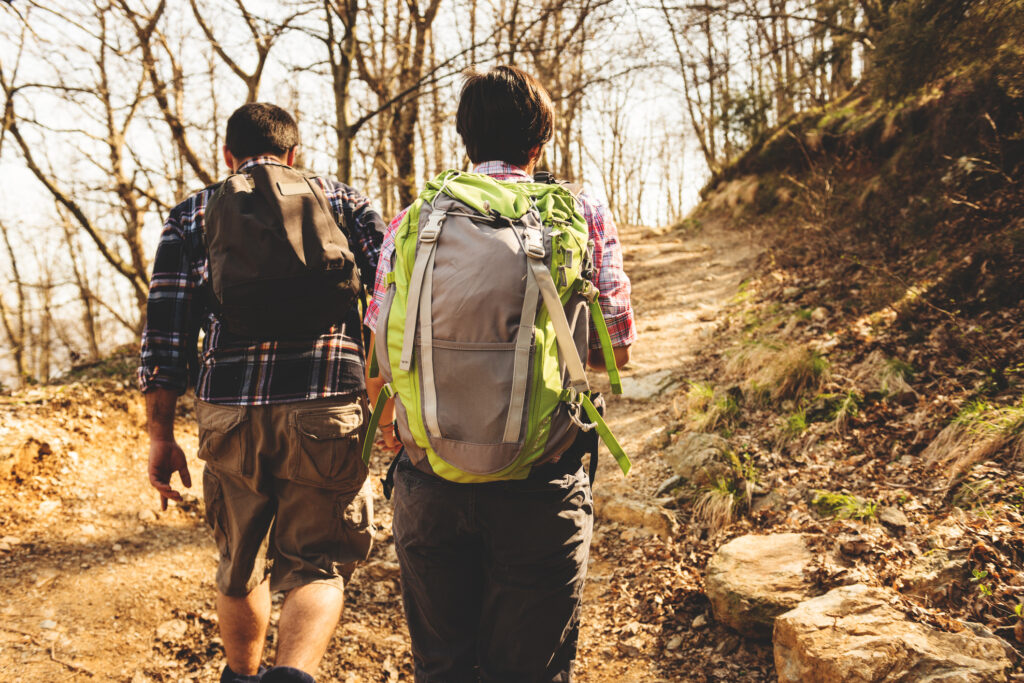Outdoor Recovery: Insights into Wilderness Treatment Programs
An Introduction to Wilderness Treatment Programs
Wilderness treatment programs have increasingly gained recognition as effective therapeutic interventions for individuals struggling with a variety of mental health challenges and substance use disorders.

Uses for Wilderness Treatment Programs
- Healthier coping strategies
- Improved self-esteem
- Better interpersonal skills2
Effectiveness of Wilderness Treatment Programs
According to the Outdoor Behavioral Healthcare (OBH) Council, thousands of adolescents receive treatment from wilderness treatment programs each year in the United States.3
What are Wilderness Treatment Programs?
Connection with Nature
The natural environment can have a calming and grounding effect. This helps to reduce stress, anxiety, and depression. It provides a non-judgmental setting where individuals can explore their thoughts and feelings without the pressures and distractions of daily life.
Adventure and Physical Activities
Mindfulness
Group Dynamics
Therapeutic Metaphors
Inherent Challenges
Structured Routine
Distance from Stressors and Triggers
Reflection and Journaling
How These Elements Come Together
Core Elements of Wilderness Treatment Programs
Experiential Learning
Positive Peer Culture
Natural Consequences
Individual and Group Therapy
These approaches include cognitive-behavioral therapy (CBT), dialectical behavior therapy (DBT), and family therapy, among others.
Strength-Based Approach
Holistic Wellness
How Wilderness Treatment Programs Differ from Other Therapeutic Interventions
Flexible Application
- Depression
- Anxiety
- ADHD (Attention-Deficit/Hyperactivity Disorder)
- Conduct disorders
- Substance abuse and addiction
- Oppositional defiant disorder
- Self-esteem and self-identity issues
- Trauma and PTSD (Post-Traumatic Stress Disorder)
- Family conflicts
- Behavioral problems
- Problems with social skills and peer relationships
Action-Based Interventions
Peer Support
Integrating Therapy and Daily Life
Building Skills Through Real-World Challenges
Approaching Wellness Holistically
What Are the Limitations of Wilderness Treatment Programs?
- Cost: Wilderness therapy programs can be expensive, and not all insurance plans cover them. The financial burden can be a significant obstacle for many families.5
- Physical Demand: The physically demanding nature of wilderness therapy might not be suitable for everyone, particularly those with certain physical health conditions or disabilities.
- Limited Access to Certain Therapies: While many programs incorporate traditional therapeutic techniques, access to specific types of therapy or medications might be more limited in a wilderness setting compared to a residential or outpatient facility.
- Transitioning Post-Program: Transitioning back to daily life after the program can be challenging. Without proper follow-up care and support, some individuals may struggle to apply the skills they learned in the program to their home environment.
Eligibility Determinants for Wilderness Treatment Programs
Mental Health Status
Certain mental health conditions, especially severe conditions, might not be suitable for wilderness treatment programs. This could include severe depression, psychosis, bipolar disorder in a manic phase, or other conditions where the individual may pose a risk to themselves or others.
Physical Health
Willingness to Participate
History of Violence or Aggression
Age
How is Eligibility Determined?
This should include a comprehensive review of their medical, psychiatric, and treatment history. It should also include an assessment of their current physical health, mental health, and motivation for treatment.
Activities and Interventions Used in Wilderness Treatment Programs
- Promote personal growth
- Foster positive behavioral changes
- Improve mental health
Outdoor Adventures
Survival Skills Training
- Empower participants
- Improve their self-efficacy
- And serve as metaphors for overcoming challenges in their personal lives
Group Activities and Games
Solo Time
Therapeutic Assignments
Group Therapy Sessions
Group therapy sessions offer a structured time for participants to:
- Share their feelings and experiences
- Receive support from their peers
- And work through interpersonal dynamics
Individual Therapy Sessions
Mindfulness and Stress Reduction Practices
These may include techniques to promote relaxation, focus, and present-moment awareness. These activities can include yoga, meditation, and breathing exercises.
Family Involvement
Some programs involve family members in the therapeutic process, either through visits, letters, or family therapy sessions. This can help to address family dynamics, improve communication, and support the participant’s transition back home.
How These Interventions Lead to Wellness

Wilderness Treatment Programs at Choice House
Choice House is a mental health treatment facility located in Boulder, Colorado. Our team of expert clinicians uses the most current research to offer superior care. We believe that successful recovery starts with effective treatment.
What We Offer
At Choice House, we offer specialized wilderness treatment programs for young men struggling with substance use disorder, mental health issues, and behavioral problems. Our program features a structured environment, therapeutic support, peer support, skill building, and aftercare planning.
Start Your Journey Today
If you’re ready to start your journey to wellness, contact us today to find out more about how our wilderness treatment programs can help.
- https://www.wsipp.wa.gov/ReportFile/1748/Wsipp_Wilderness-Therapy-Programs-A-Systematic-Review-of-Research_Report.pdf
- https://www.ncbi.nlm.nih.gov/pmc/articles/PMC9428765/
- https://obhcouncil.org/
- https://www.sciencedirect.com/science/article/pii/S0149718915300094
- https://www.unh.edu/unhtoday/news/release/2019/09/24/unh-research-finds-wilderness-therapy-more-effective-and-less-expensive
